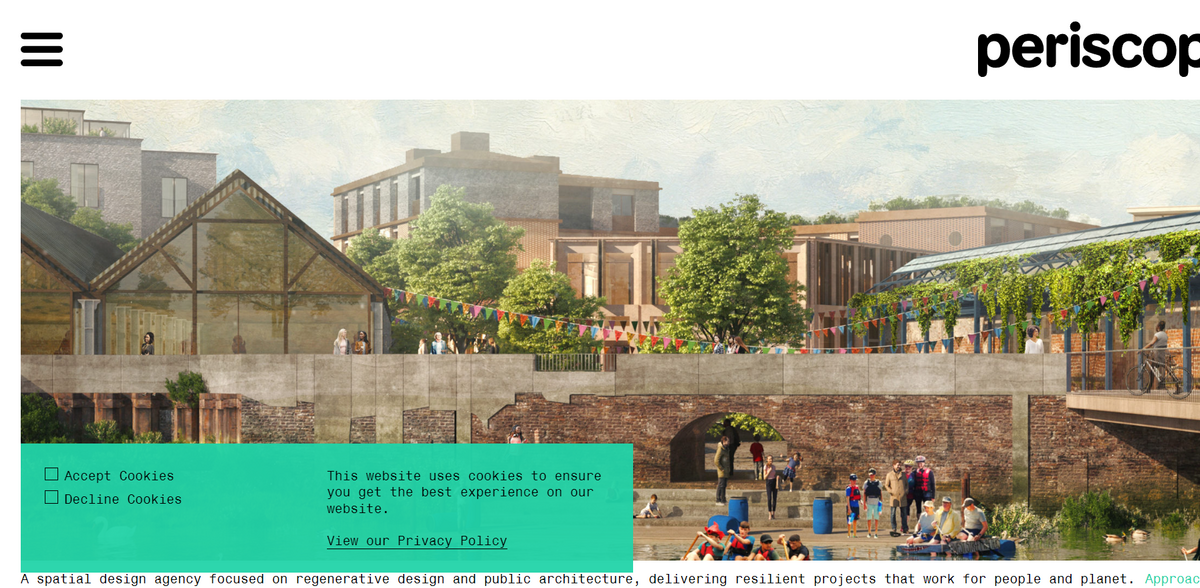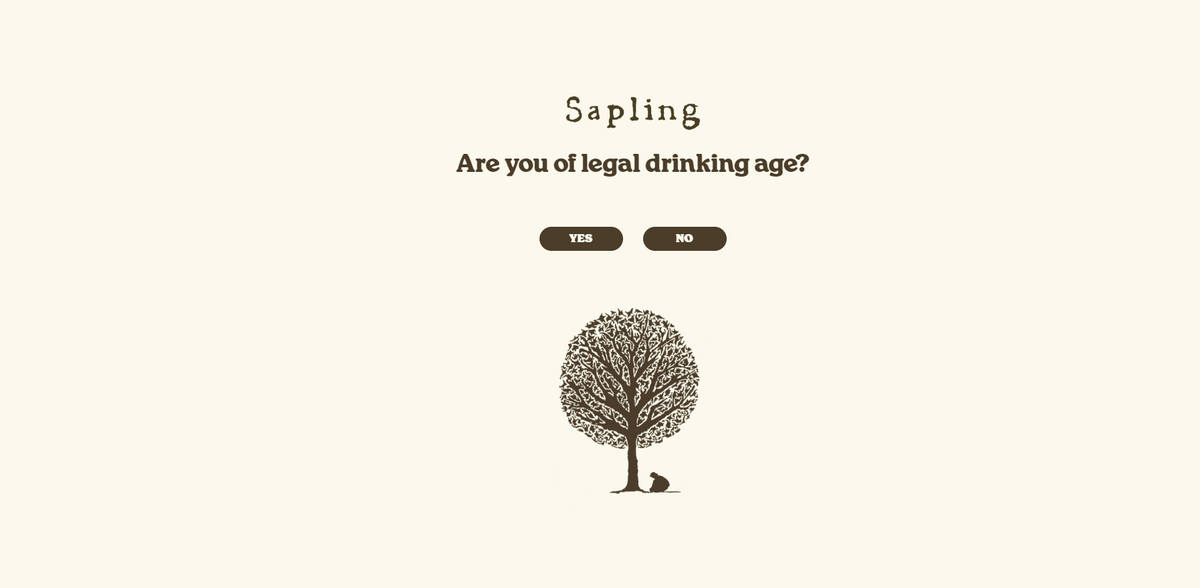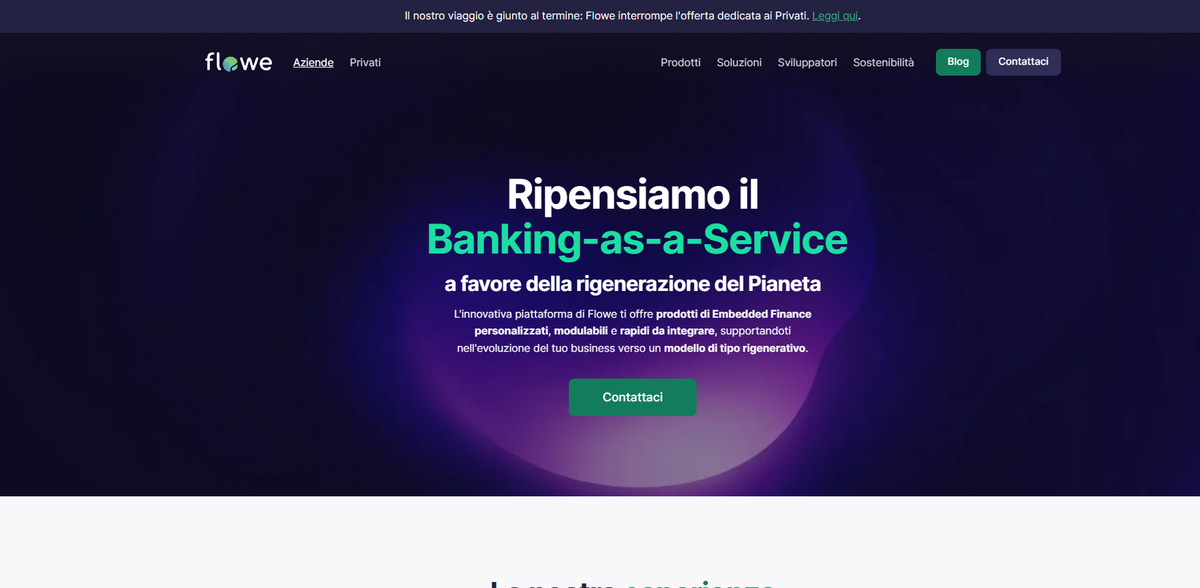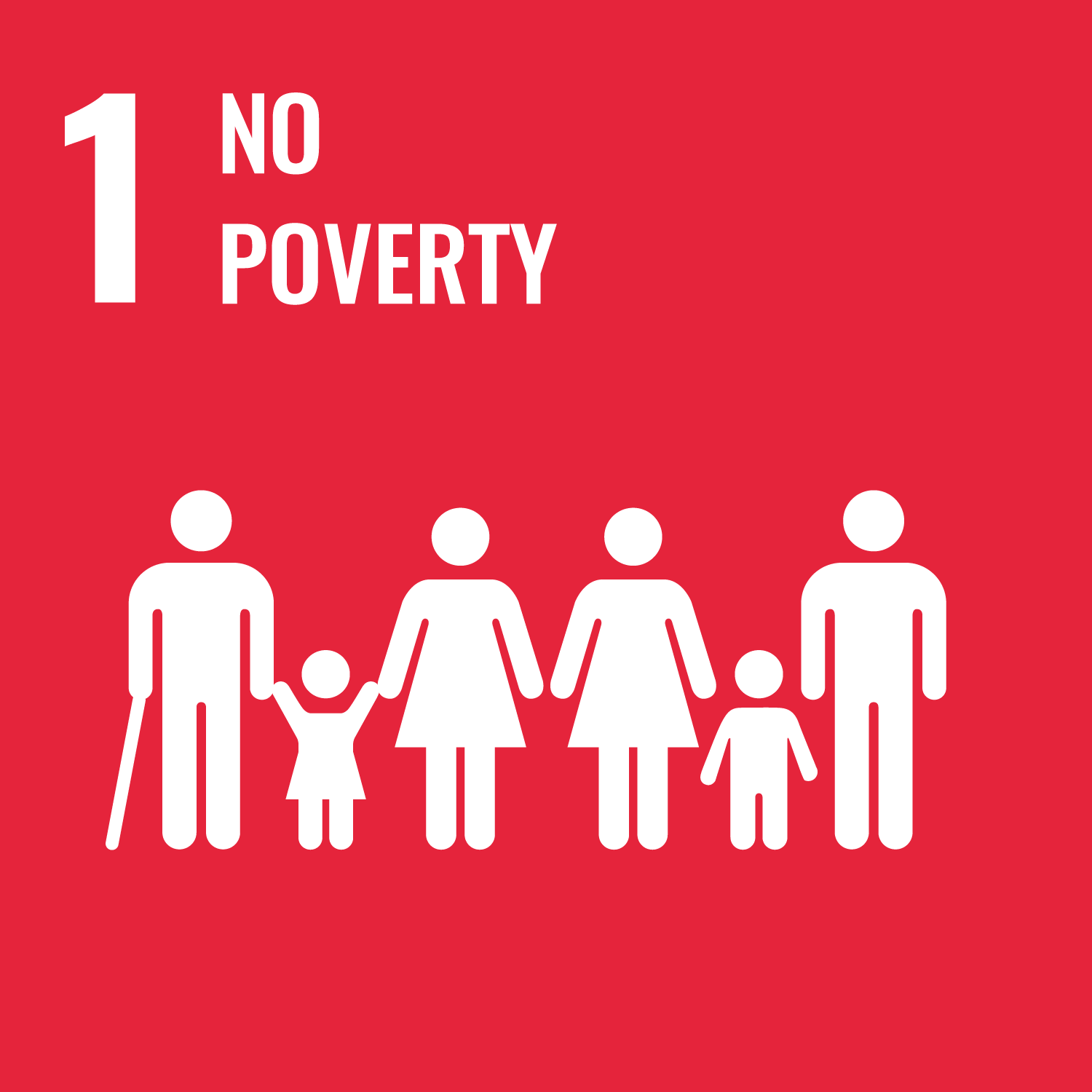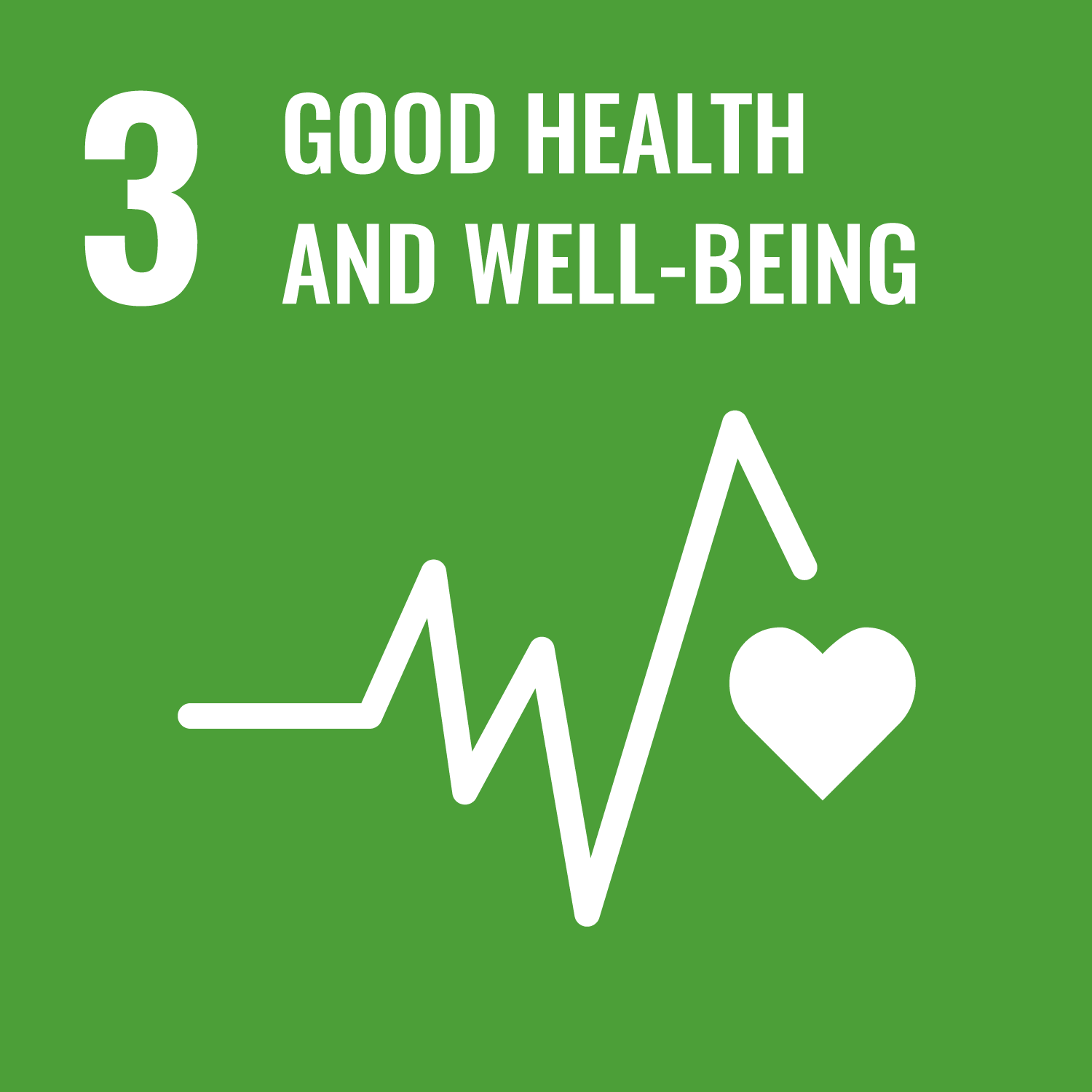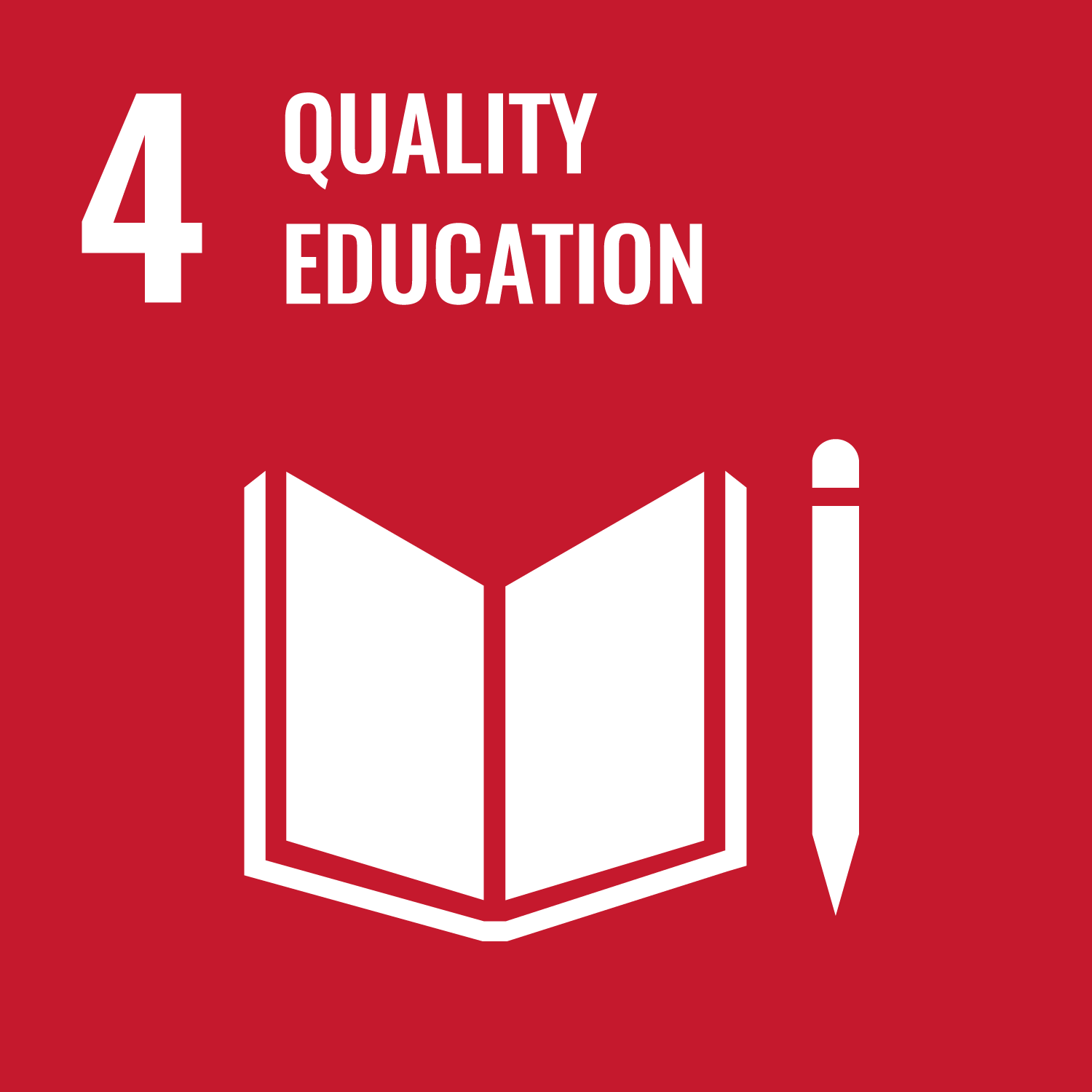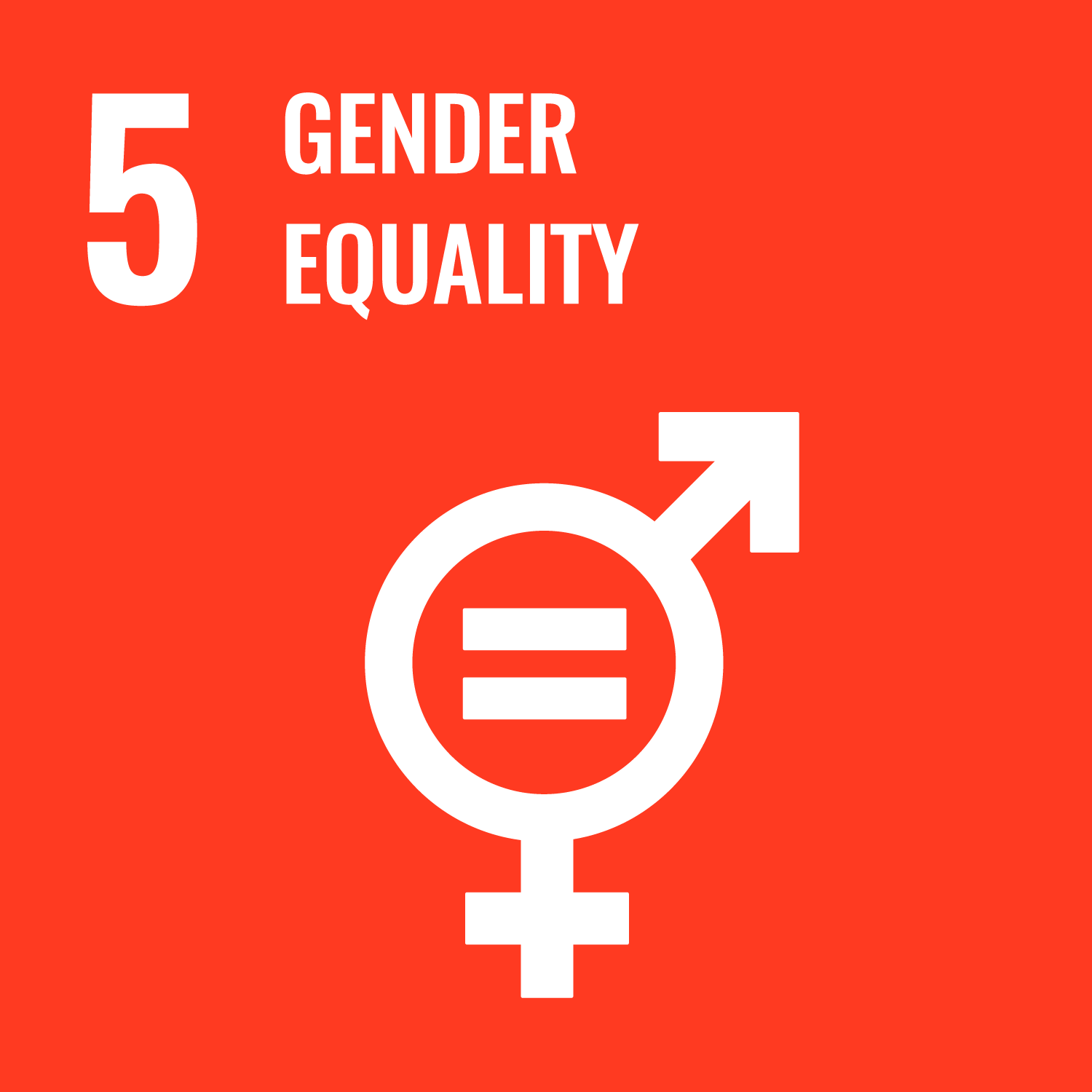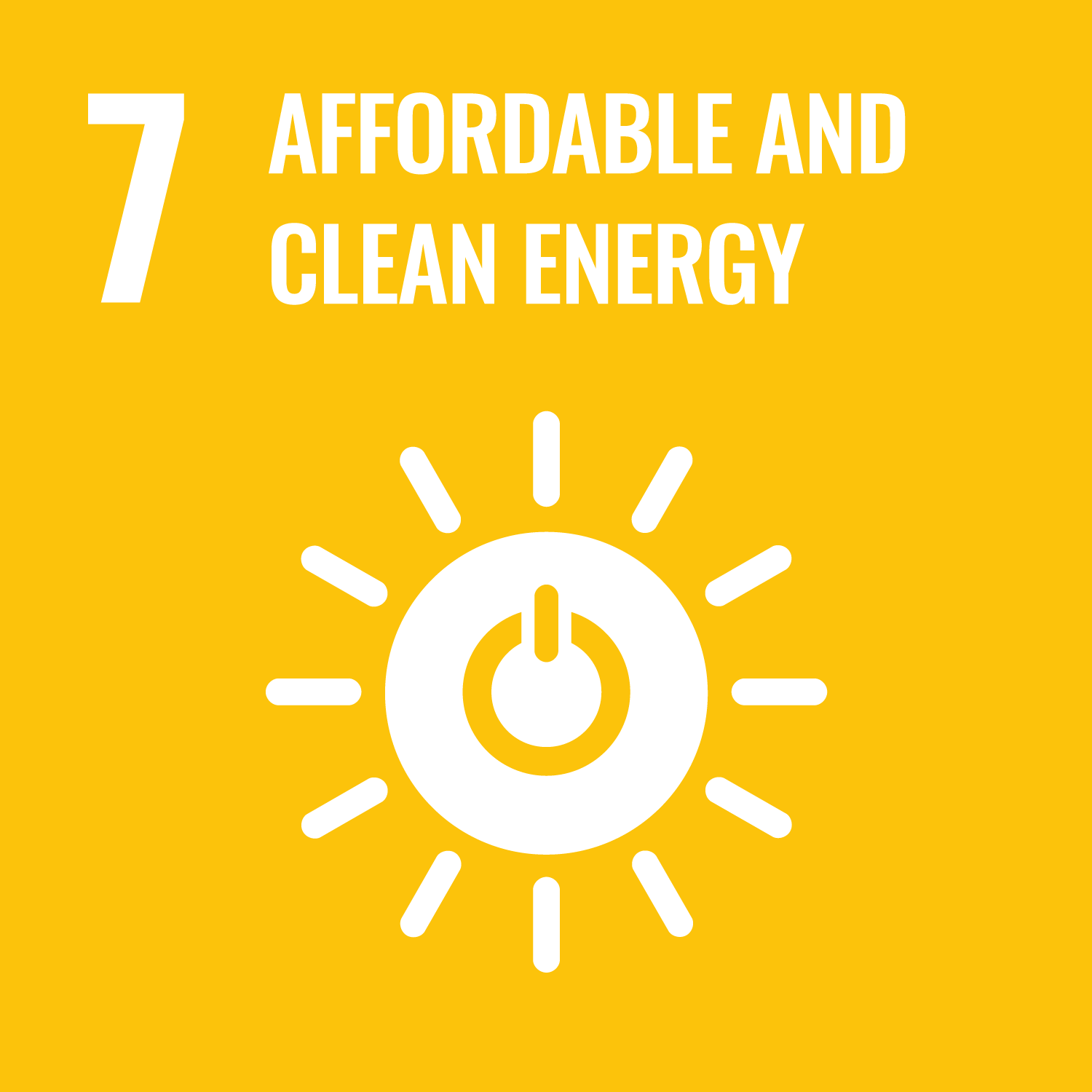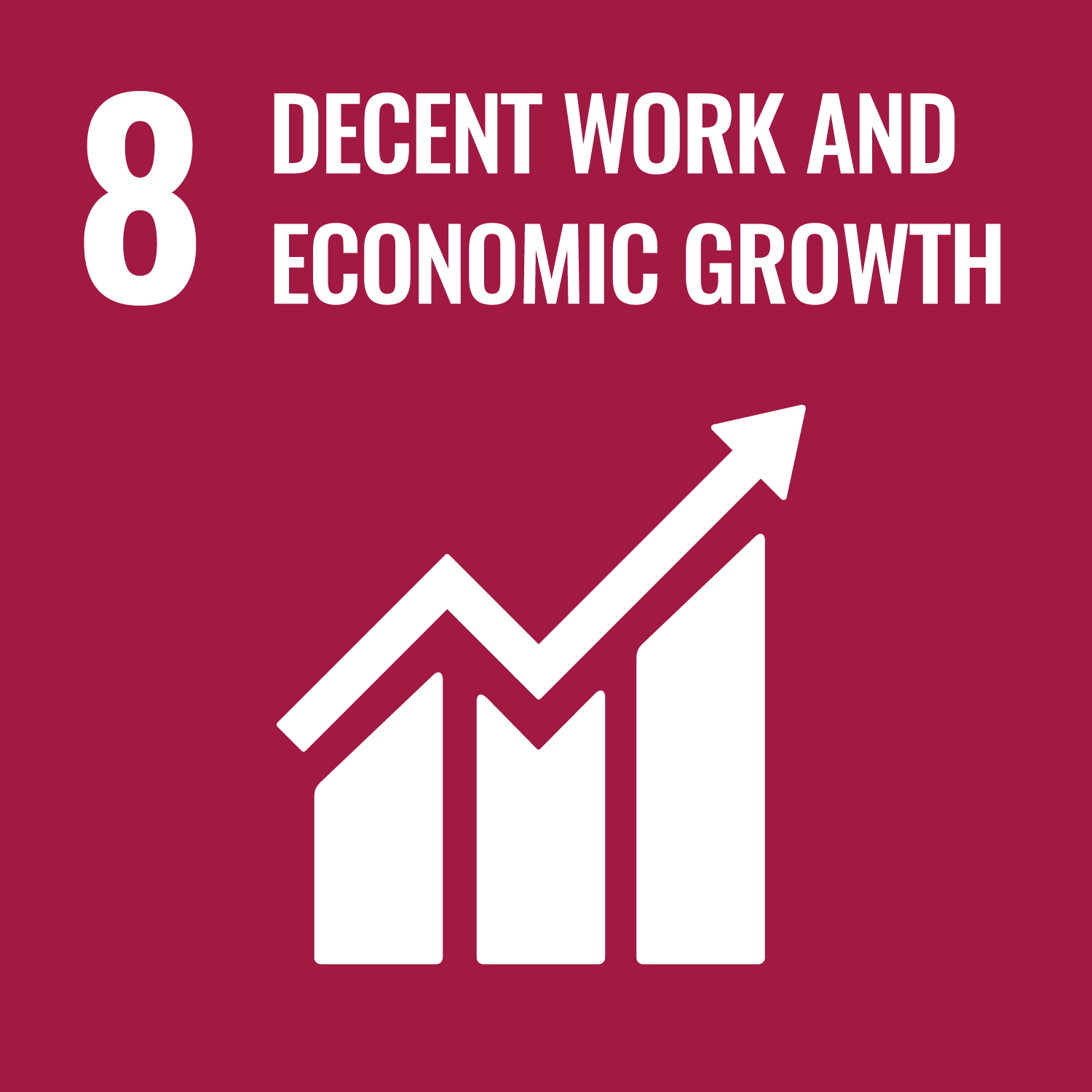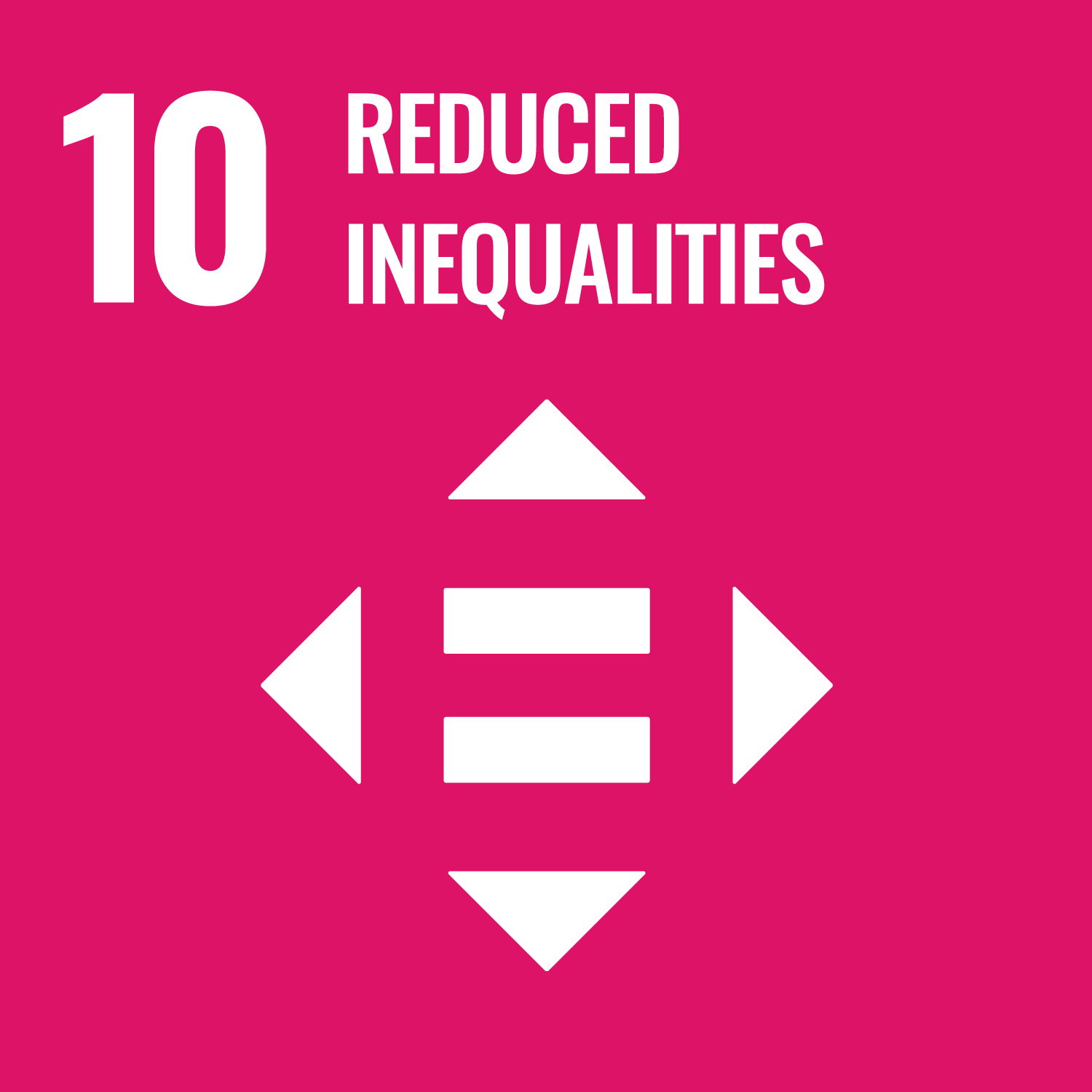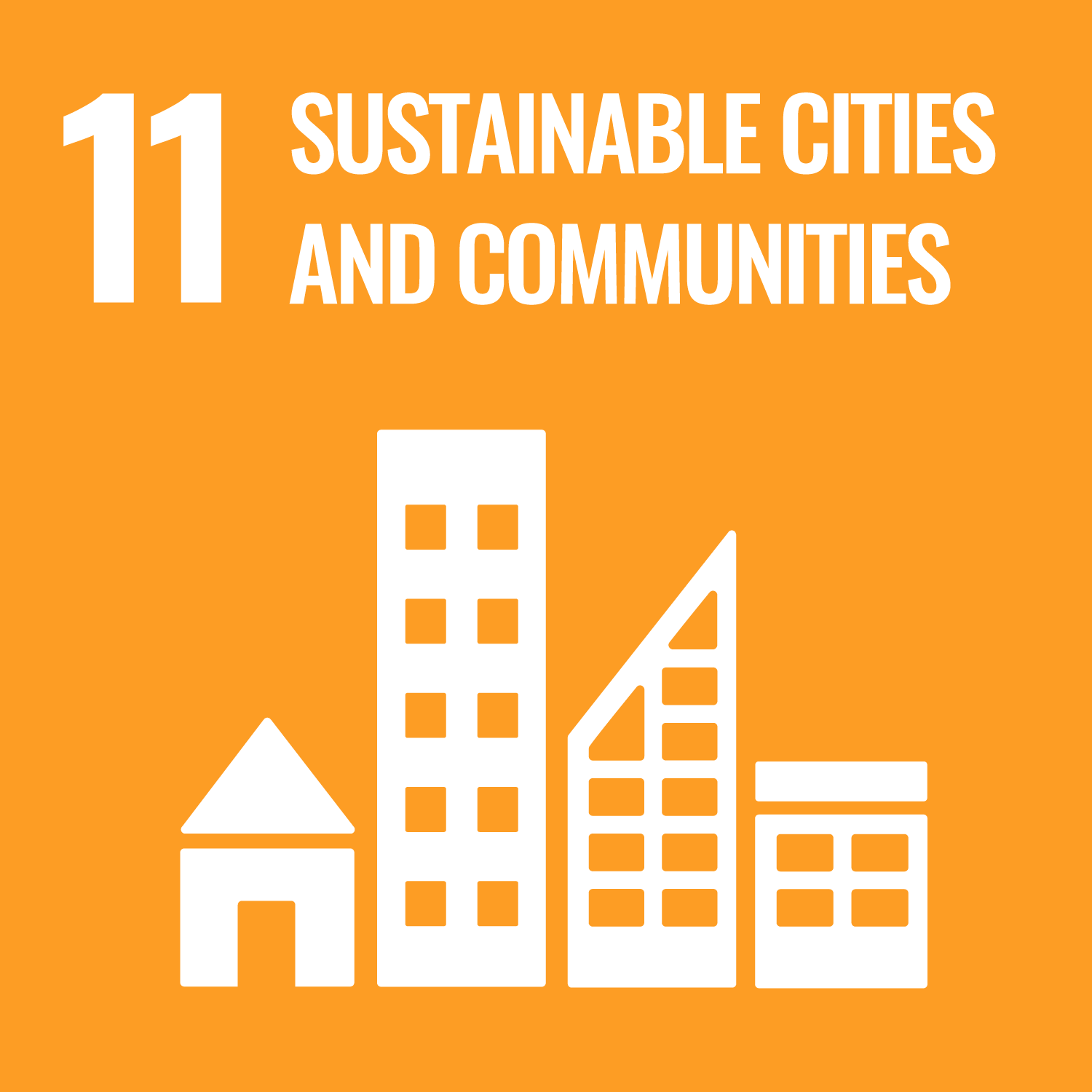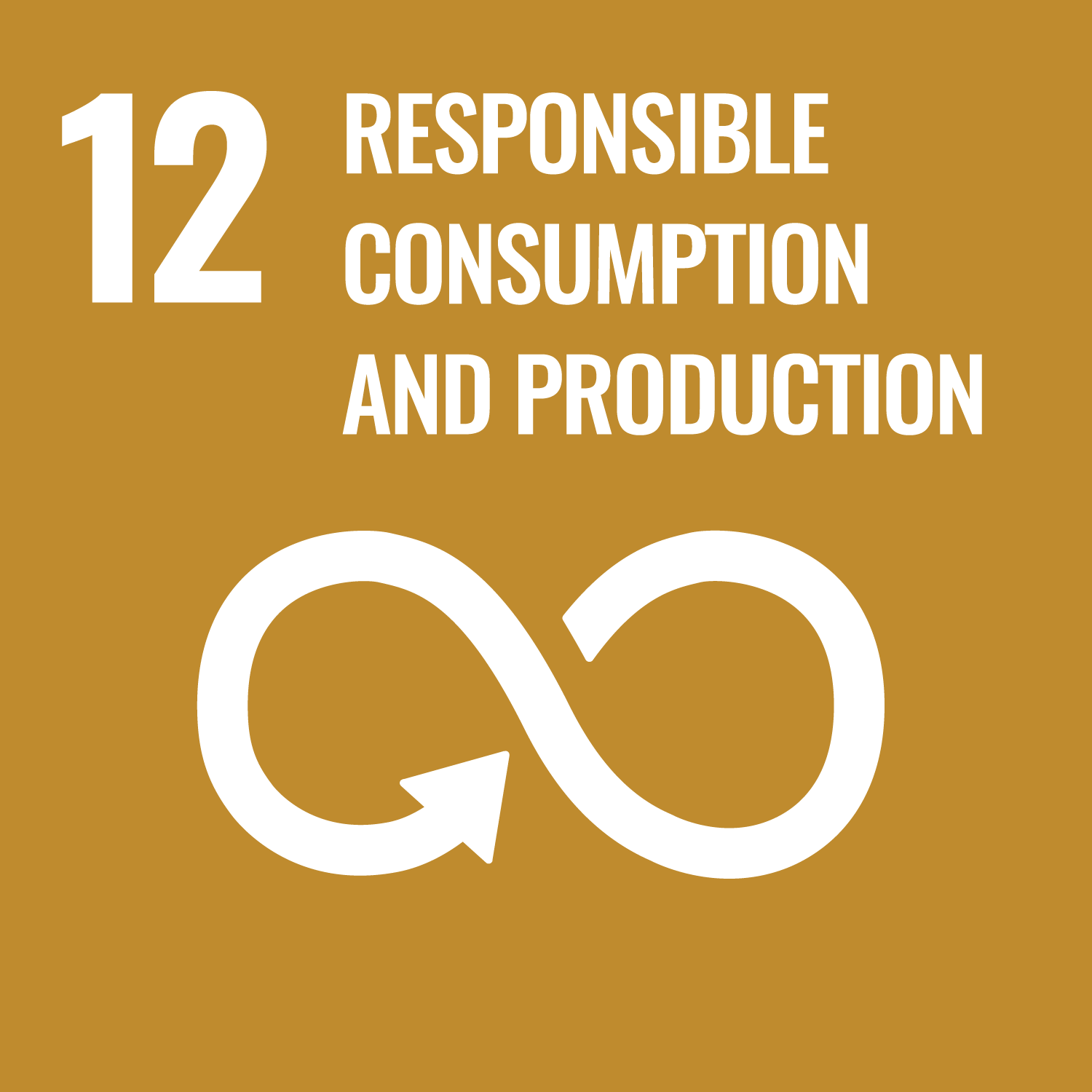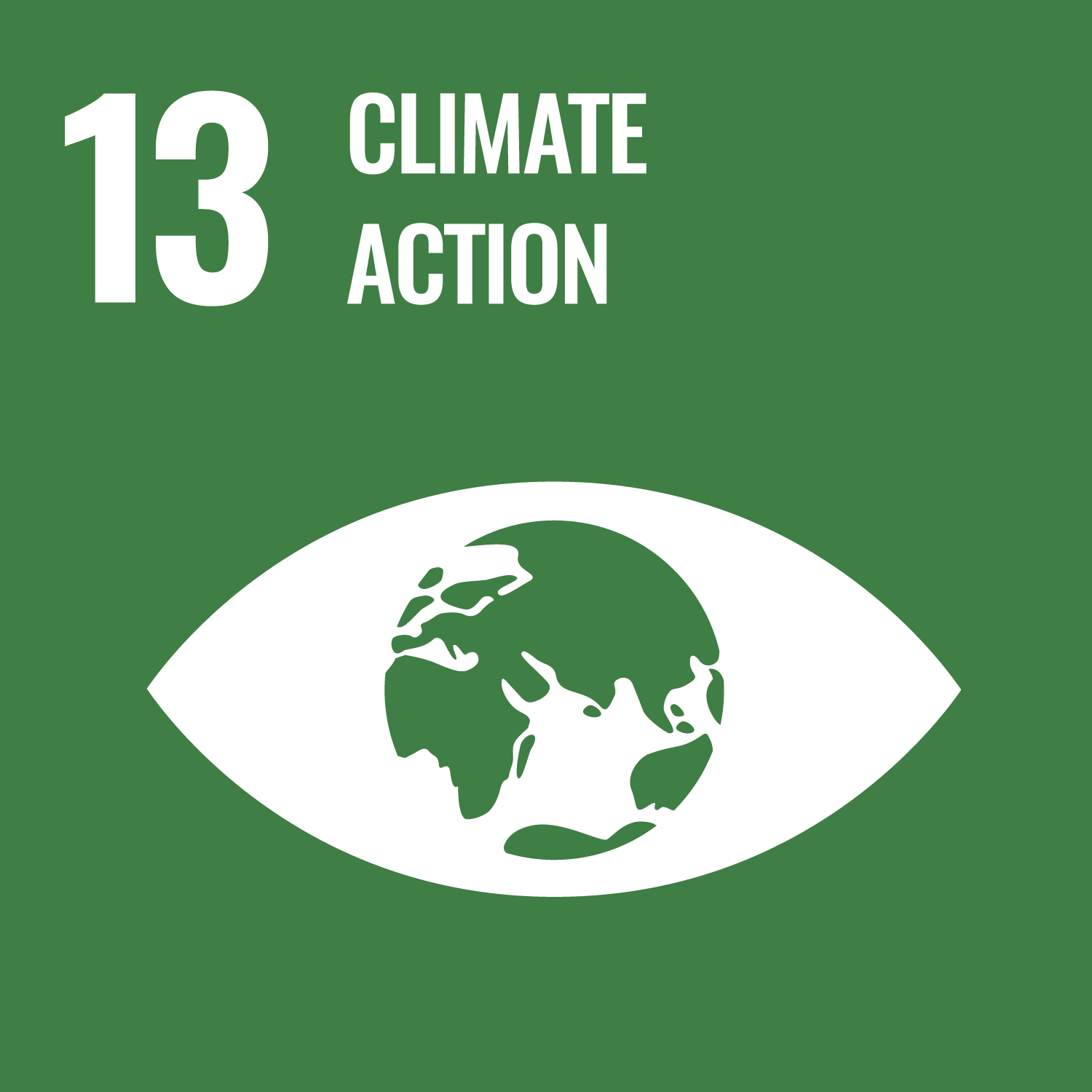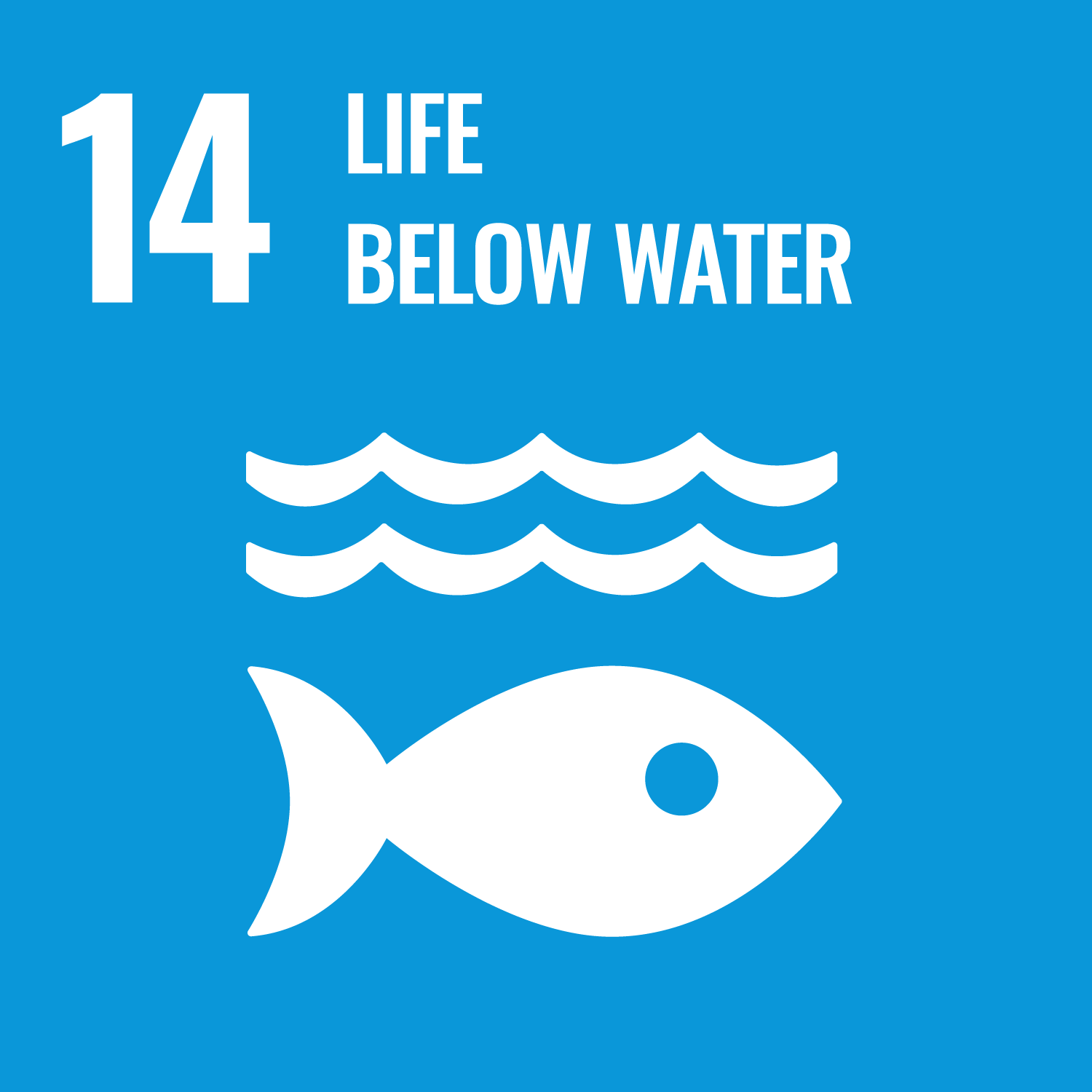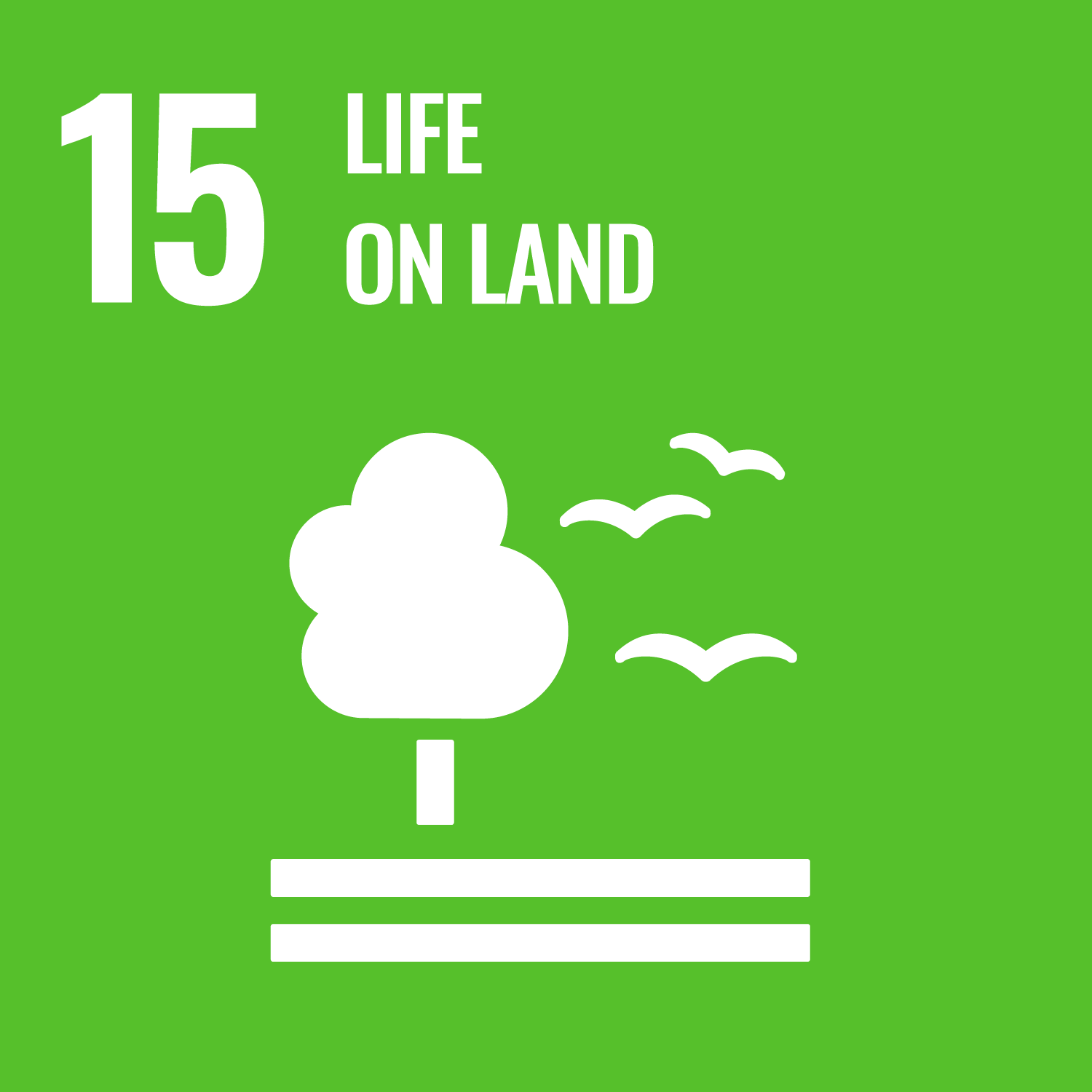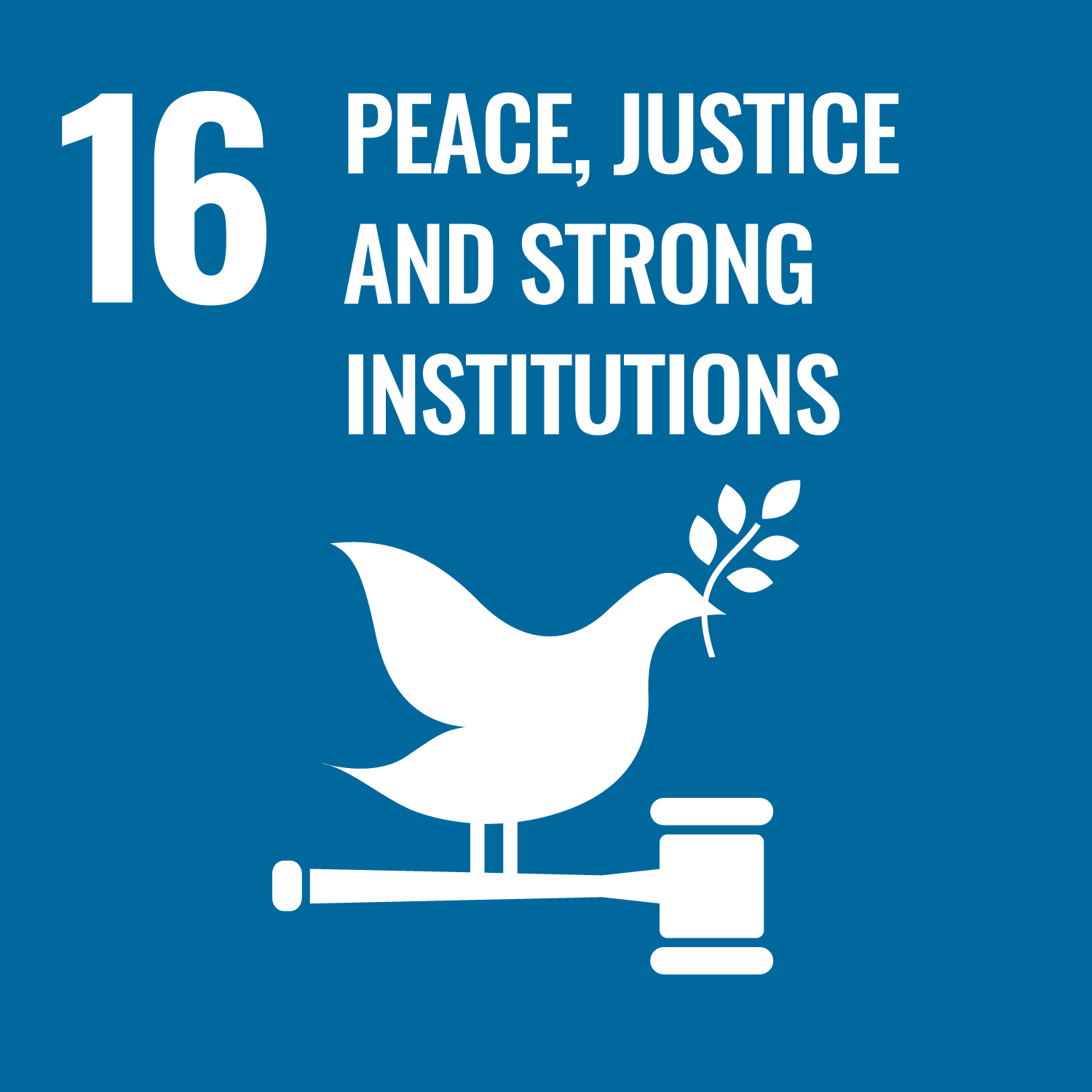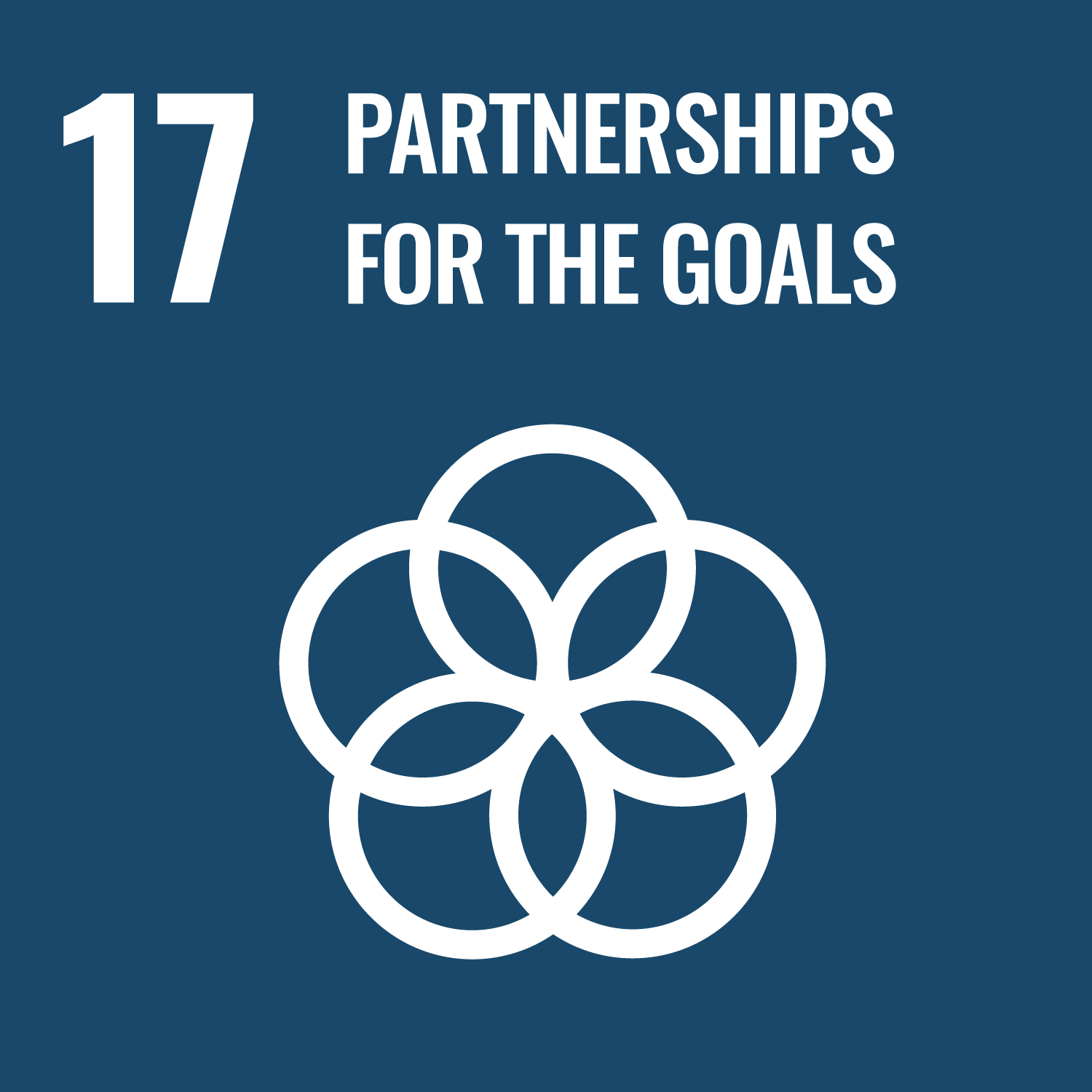What is the Project?
A spatial design agency focused on regenerative design and public architecture delivers resilient projects that work for people and planet. This forward-thinking agency champions a dynamic approach to landscape, urban design, and architecture – blending sustainable principles with strong urbanism values. The work spans from transformative masterplans to revitalizing public realms, and projects such as Gascoigne Road, Highgate Cemetery, and Meridian Water Masterplan exemplify this ambition. Its expertise extends into every aspect of design, from architect and landscape architect concepts to the nuances of urban design and urbanism, ensuring every project speaks to a commitment to innovative public spaces.
Main Benefits and Highlights
Key projects and figures capture the essence of this visionary agency… including:
- Bcorp score: 85.5 – an indicator of strong sustainable and ethical practices
- Gascoigne Road – a co-designed public realm and streetscape project in London
- Highgate Cemetery – a transformative project rethinking life, death, circularity, and the cemetery’s societal role
- East Square at Meridian Water Station – the first piece of public realm within the Meridian Water Masterplan
- Low Hall – a masterplan project recovering a Lea Valley site through regenerative design principles
- Meridian Water masterplan – a 10,000 home, 80ha redevelopment on a Brownfield site in north London
- Romford Town Centre Masterplan – a strategic planning document for an urban district at the edge of London
- The Phoenix – a new neighbourhood on the site of John Every’s Ironworks in Lewes, East Sussex
- Public realm and landscape at Branch Place – a project within the Colville Estate Regeneration programme in Hackney, London
Diverse Project Portfolio
The agency’s portfolio is a mosaic of initiatives that range from streetscape projects to broad urban masterplans. Gascoigne Road in London stands out as a co-designed urban piece that revitalizes a bustling area. Highgate Cemetery intertwines tradition with modern thinking, rethinking life, death, circularity, and the evolving societal role of cemeteries. Across the capital, projects like East Square at Meridian Water Station not only mark the beginning of a public realm phase but also underline the commitment to creating functional, aesthetically pleasing spaces. Each project resonates with a deep commitment to regenerative design and public architecture, connecting people to their environment in meaningful ways… all while addressing the core keywords associated with architecture, landscape, urban design, and urbanism.
Integrating Urban Design and Landscape Architecture
The projects continuously show how urban design and landscape architecture intertwine to breathe life into urban spaces. Whether it is designing sprawling masterplans or curating intimate public spaces, every scheme reflects a synergy between form and function, tradition and innovation—ensuring that the spaces not only serve their intended purposes but also encourage social interaction and improved urban mobility. This focus on regenerative design principles means that run-on ideas, free-flowing inspirations, and practical strategies work in tandem to create urban solutions that are both beautiful and resilient.
Recent Journal Highlights
Recent journal articles capture the lively spirit and practical engagement behind these visionary projects. For example, the Russ Playground Construction article details the hands-on approach to building a community playground at the Rural Urban Synthesis Society in Lewisham. There’s the Westwick Row project, which sees consultation and engagement-led masterplanning for 80 new homes on the edge of Hemel Hempstead, collaborating with a host of talented professionals. Another highlight includes the Open City Accelerate 2025 programme, where promising ideas from students translated into a welcoming kiosk design for the local community—demonstrating that dynamic collaboration and youthful creativity lie at the heart of contemporary landscape and urban design. Lastly, the Yearbook 2024 and Meridian Water Parks narratives provide reflective insight into the year’s challenges and energy while reinforcing the ongoing commitment to reimagined public spaces.
Innovative Urban Regeneration and Masterplanning
The masterplanning and regeneration projects are grounded in opportunities to recover, reinvent, and renew urban spaces. This vision is evident in Low Hall’s recovery project in the Lea Valley, which uses regenerative design principles to transform and reengage the community with its environment. The Romford Town Centre Masterplan further demonstrates how comprehensive, engagement-led planning can revitalize urban districts that have struggled with outdated approaches. These initiatives are not just about physical transformations; they speak to a broader, evolving conversation about urban sustainability and the critical role of public realms in modern society.
Project Impact and SDGs
- SDG 11: Sustainable Cities and Communities
- SDG 12: Responsible Consumption and Production
- SDG 13: Climate Action
- SDG 15: Life on Land
- SDG 17: Partnerships for the Goals
Final Thoughts on Landscape and Urban Innovations
The narrative emerging from these projects is one of progress, resilience, and interconnection among architecture, urbanism, and landscape. The projects uphold and celebrate a legacy of regenerative design while actively inviting change and embracing new ideas. With each project – be it through a rejuvenated cemetery that gently rethinks life and circularity or through robust masterplans that redefine how spaces are used – the core principles of innovative architecture, sustainable landscape design, and intentional urban planning are unmistakably present. These endeavors, punctuated with bursts of dynamic creativity and real-world applications, illustrate a commitment to evolving the built environment for the betterment of communities and the planet. The approach remains casual yet determined… ensuring that thoughtful design can indeed transform spaces into living, breathing urban narratives.

